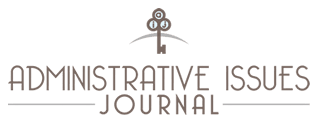
Abstract
Schools are responding differently to the mandates of NCLB. The purpose of this comparative case study is to investigate how two Title I elementary schools, one a member of a school reform network focused on the arts and one not a member of the network, are able to exceed AYP targets in reading and mathematics and not compromise teaching and learning in other core subjects. Included in the study is an examination of thinking skills embedded in visual arts instruction and transfer of learning to other content areas. Findings reveal that schools that are committed to the arts that are focused on student achievement data utilizing professional learning communities to build community, integrate curriculum, balance and protect what is important, and focus on effective teaching and learning adds to our collective understanding of how schools can respond to the mandates of NCLB and also provide an enriched learning environment for children where learning is not compromised in other core subjects. Three significant differences were found comparing the two schools: staff focus on excellence in arts integration, school-wide curriculum planning and alignment involving grade-level and all school-wide specialists, and constructivist professional development which results in generative and continuous learning for staff members and positive outcomes for students.
Recommended Citation
Simons, Patricia
(2011)
"Revisiting the Arts in the No Child Left Behind Era,"
Administrative Issues Journal: Vol. 1:
Iss.
3, Article 28.
Available at:
https://dc.swosu.edu/aij/vol1/iss3/28
Included in
Health and Medical Administration Commons, Higher Education Administration Commons, Public Administration Commons
Please consider contributing an article to Administrative Issues Journal, our submission policy: http://www.swosu.edu/academics/aij/guidelines.aspx
